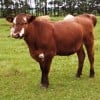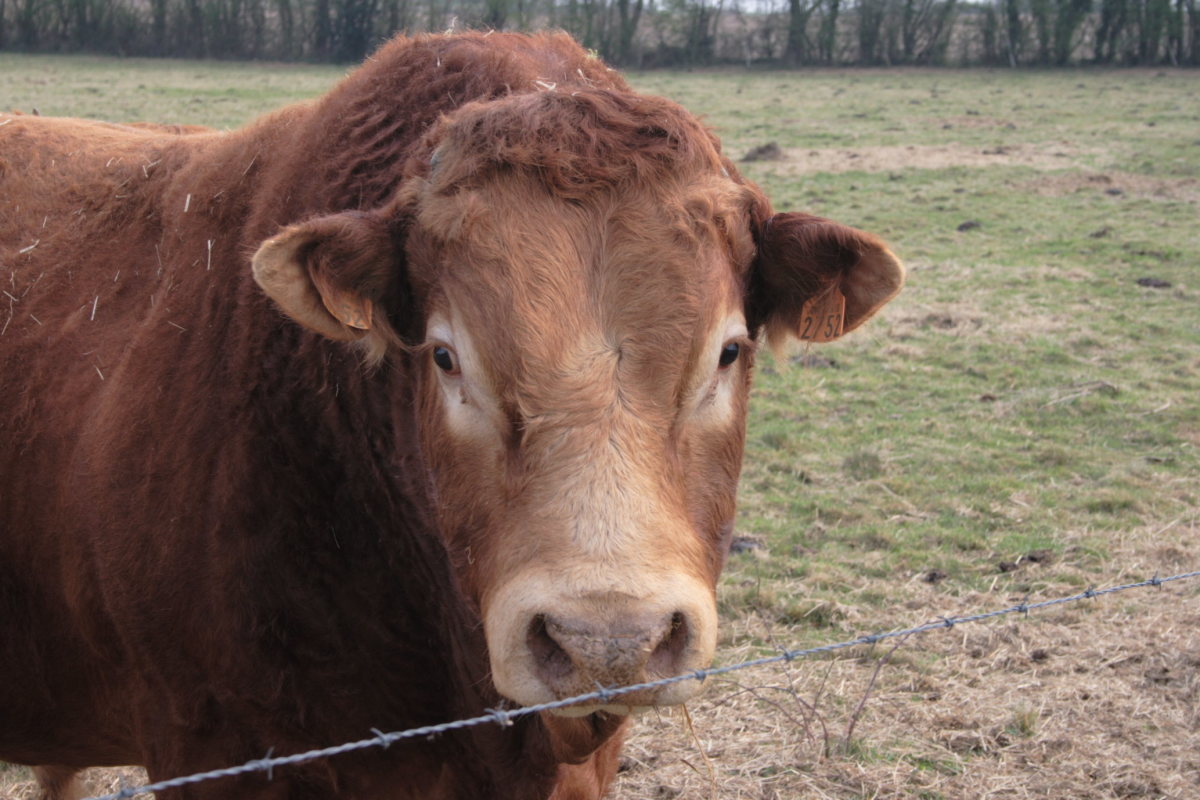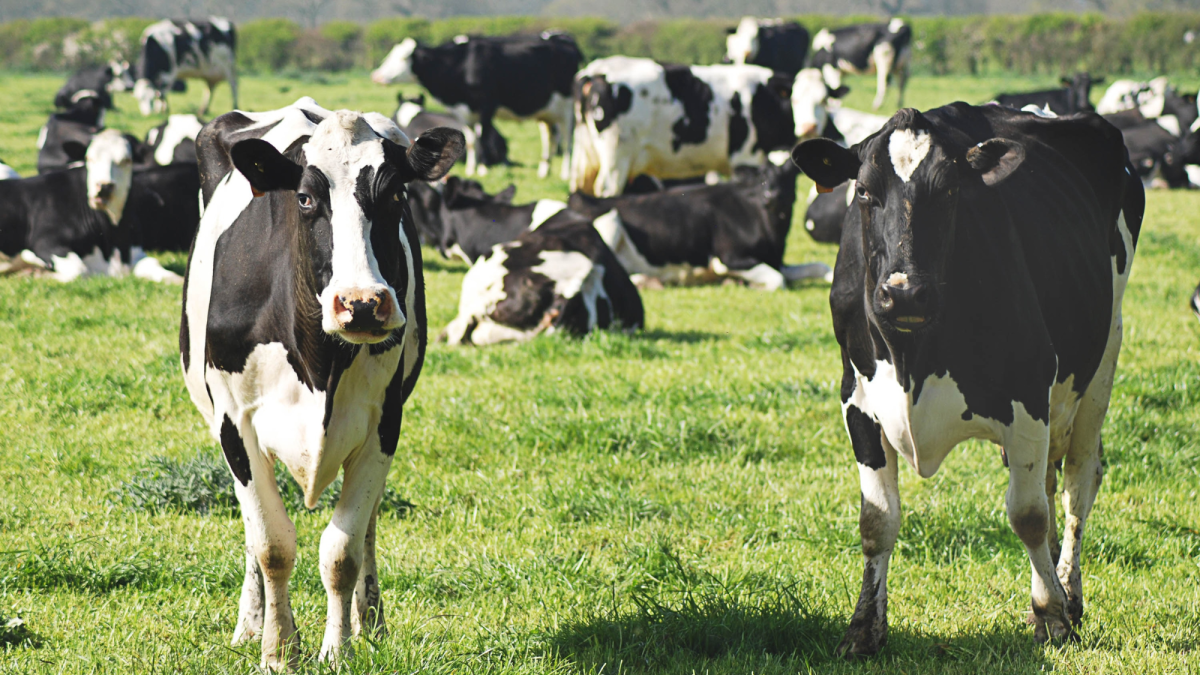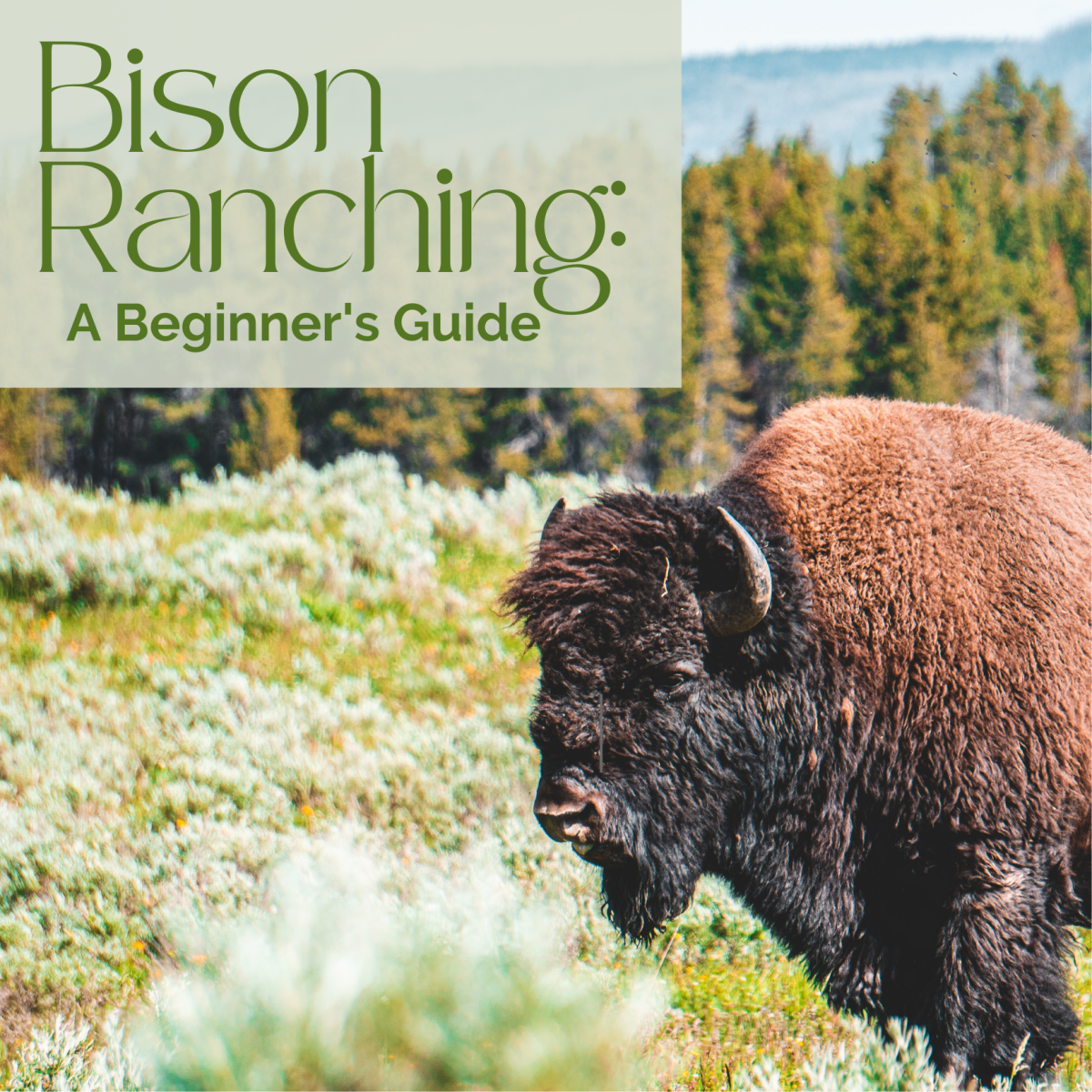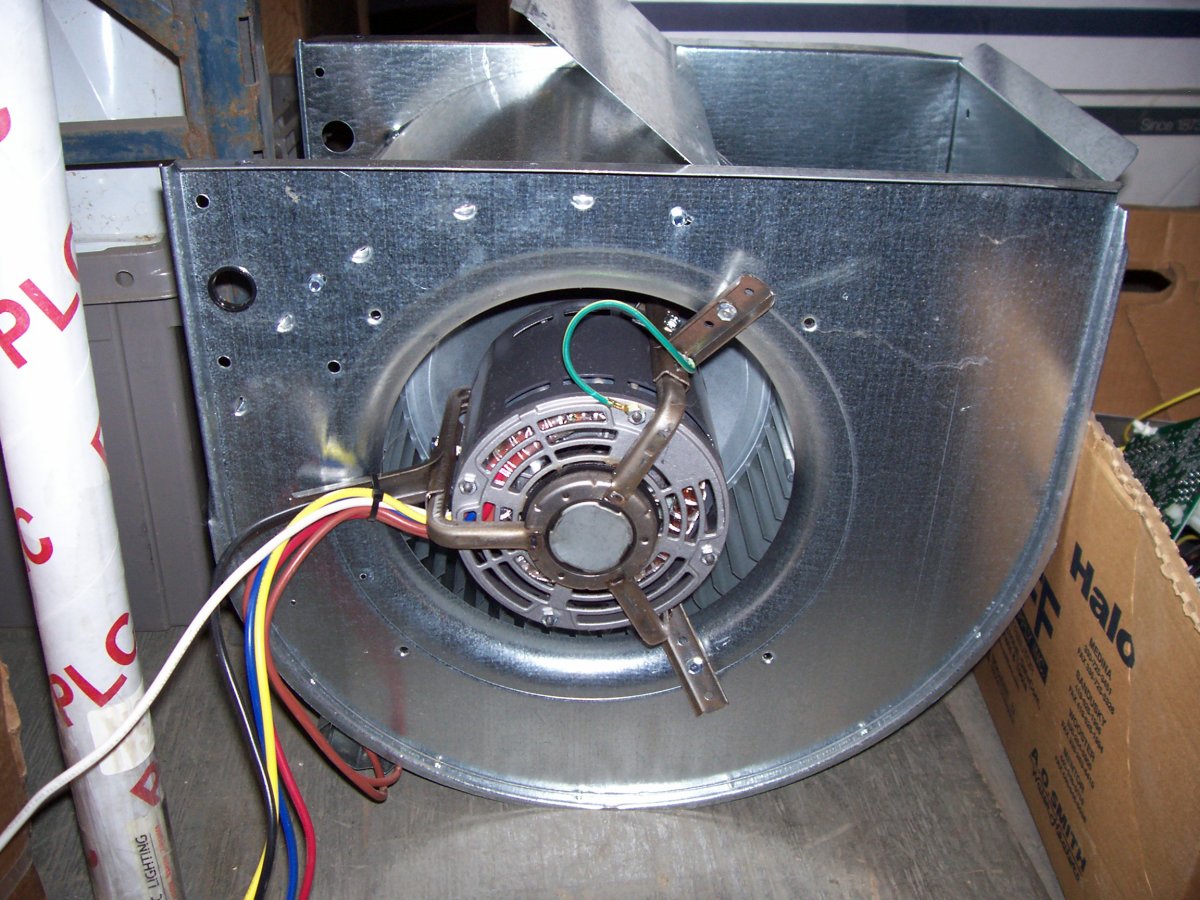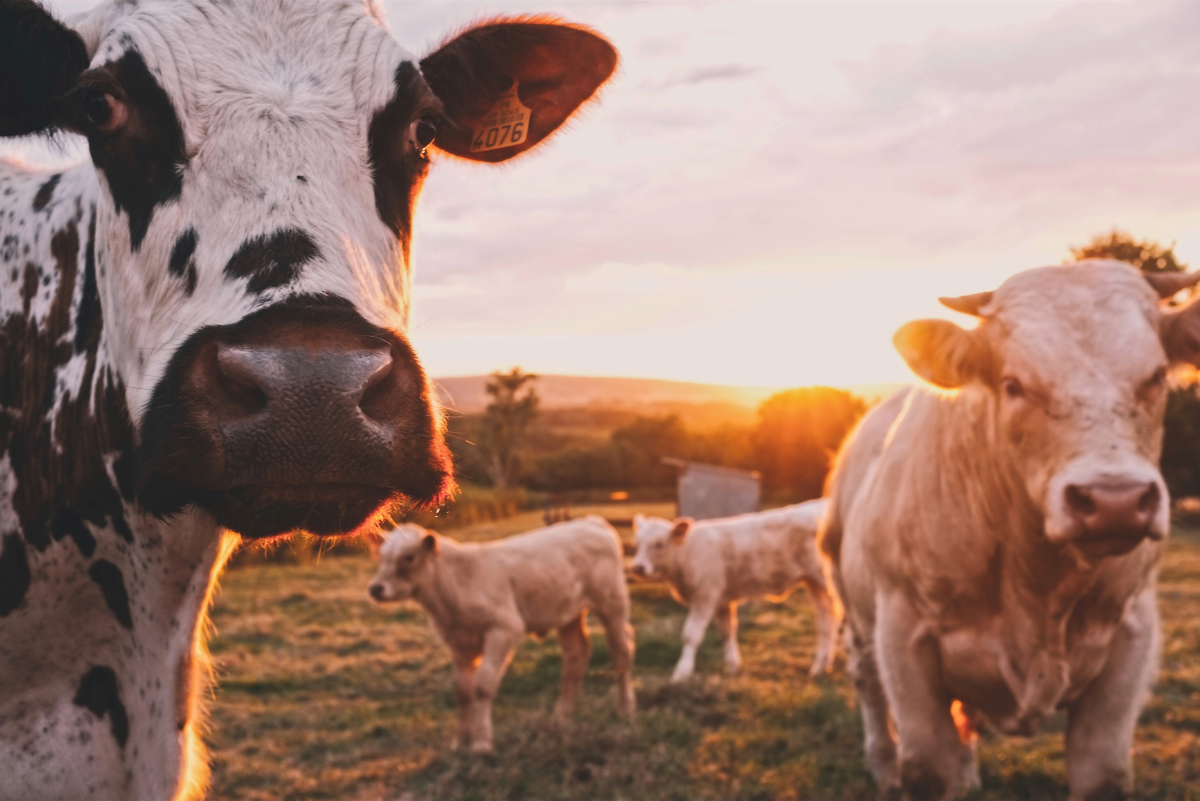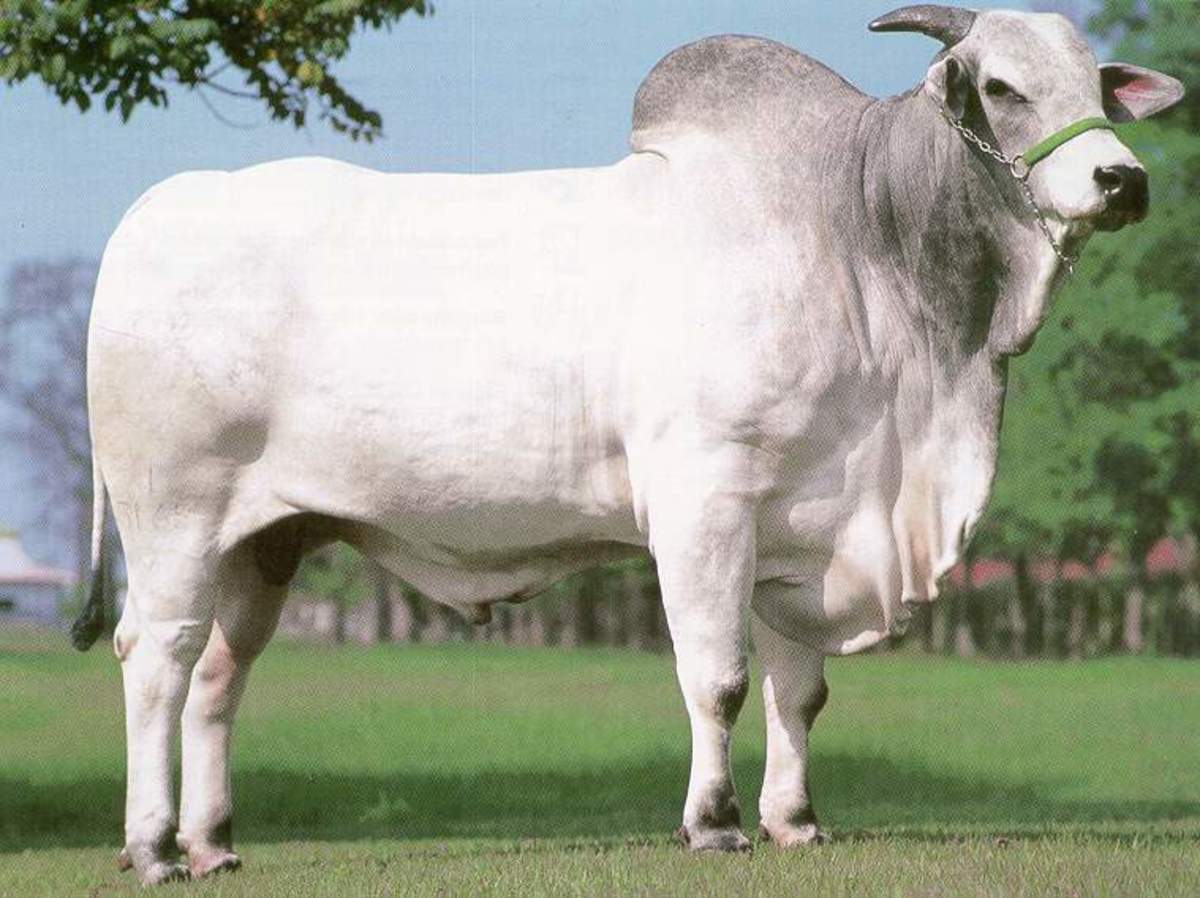Handling Facilities: The Most Important Thing In a Beef Cattle Operation Part 2
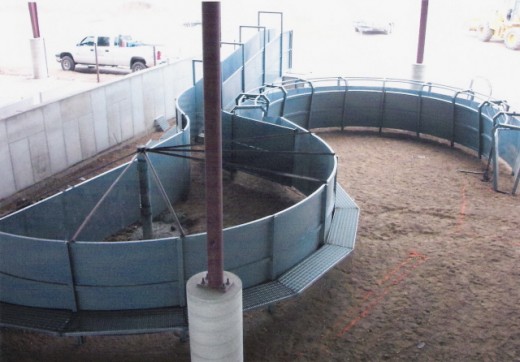
The Facilities Themselves
The facilities that are built for a particular research station, farm, or ranch are built to accommodate for that particular station, farm or ranch. No two facilities are built the same, and nor should they. The lay-out for every farm and ranch is different, entailing landscape types, location of buildings, cow herd size, easy accessibility by trucks and cattle liners, as well as for electrical outlets. Most facilities, however, should be the same in terms of:
1) Location - all facilities should be located in a place where it's high and dry, with good water drainage. It should also be located where it is easily accessible from the home place, with water facilities, electrical power, and where cattle can easily go back out to pasture or to the main corral after being processed. Facilities should also be located in a way where cattle are not looking into the sun, or are going to walk into, what appears to them to be, a black hole. They should also be designed in such a manner that they are not prone to vandalizm, theft, or are much too near to the neighbors. Biosecurity should also be a concern when deciding where to build your handling facilities.
2) Durability - All facilities should be made with the kind of abuse it will go through when processing cattle. Handling facilities are considered "high-traffic" areas, which mean having more animals per unit area than out in corrals or in pastures. With this in mind, it is better or best to use iron or some sort of durable, tough metal that will put up with a lot of abuse but still stay intact. Wood will need to be replaced after a period of time, but iron tends to last for a lot longer. If you are using wood, you would have to use thick planks and posts that are set in concrete to decrease the chance of the post being rotted out by the water-cycle of the soil. Posts that are thicker than the average post used for barbed-wire fencing work best (i.e. lumber used for building train tracks).
3) Accessibility - Facilities must be accessible by truck and trailer (if you have an attached loading chute), and built in a way that cattle are able to go back out to pasture after being processed. Permanent facilities have to be accessible to electrical outlets, particularly for things like lighting, or using electrical tools like an electricly-heated branding iron or cauderizer, or if you have to run bulls through for semen testing. Handling facilities also work best if located near a main road-way and have an area where it is easy for a large cattle-liner or trailer to back-up to.
4) Safety - Facilities should be built with the safety of the handler and the animals in mind. Today, all handling facilities are designed so that the handlers do not have to be in with the cattle to "get them going." They can make them go by being outside of the chute or alley using the techniques described by Temple Grandin. Safety is also important for the animals, so design is also kept in mind so that animals can walk smoothly and safely through without causing chaos by baulking or attempting to turn around mid-way.
5) Smooth movement from start to finish - baulking and turning around are the more serious indicators of inadequately designed handling facilities. Cattle that baulk at the beginning of the alley, in the alley, or before the squeeze/loading chute are cattle that have seen something that made it quite nervous or sees something different that the handlers have ignored. Most facilities should be designed with how the animal moves in mind; curved chutes and races (alleys) are, if designed properly, the best design to work cattle. They cannot see what's up ahead, but they keep moving. Curved races are also a kind of optical illusion for cattle to make them think that they are merely going to go back the way they came. This makes them calm. Solid sides also help decrease stress levels, as they pay more attention to what's in front of them than what's happening outside. Solid sides contribute to this "optical illusion" as well, making the cattle unable to see what's up ahead, creating less fear for them. Not having things like sunlight shining on a water puddle, coats draped over the sides of the chute, shadows created by the sun shining through the bars of the alleyway, etc. eliminate baulking and contribute to smoother flow.
6) Expandibility - What if you decide to increase your herd size? Then you will need to increase the size of your facilities. Having room to expand is important, and is more cost-effective than having to relocate and rebuild a new facility.
There are many good publications and sites to look over when you are looking for a source of information for improving or building your cattle handling facilities. I will do you a favour and list a few of them here.
